Needs no introduction to most folk over a certain age but despite the atrocities that have taken place here in recent times, I have a strong belief that many others won’t be familiar with The Bosnian war, the ‘ethic cleansing’ and therefore the scale of devastation that took place here. I will write more about the genocidal incident in a later post. Admittedly I was around 10 years old when the Siege of Sarajevo began and so I feel I can use youth to excuse my naivety and blissful ignorance.
Earlier today I was relaxing in a local coffee house. Nothing strange about that you might think especially as such a common past-time is the very essence of how us Brits (and nationalities all over the world) come to chill for an hour and conversate with our nearest and dearest. However in Sarajevo, and in particular the exact area I’m sat in, well it was blown to smithereens just 25 years ago and less than 50 meters from me now are constant reminders in the form of countless bullet holes.
As for the coffee, well I think you have to be a hardened drink to appreciate it as I can categorically say that trying Bosnia coffee once was enough for me.
There’s even a process to consuming this and it involves dipping in sugar cubes! Hardly sounds instantly appealing does it…
There are plenty of bars, restaurants and market stalls here – especially in ‘old town’ which again have that old classic Ottoman look and feel to it
They call Sarajevo the Jerusalem of Europe with inhabitants of Islam, Orthodoxy, Judaism and Catholicism coexisting here for centuries. Although settlement here dates back for centuries, it was the Ottoman empire back in the 15th century which saw the building and architecture responsible for what is present today in ‘old town’. It’s fascinating to see such a difference in the space of several meters from the Ottoman influence to the subsequent Austro-Hungarian era from the 16th century up until WW2 – as depicted here with an east and west line separator.
Note how small the Ottoman buildings (first image) were by comparison.
I’ve realised this is a really hard post to write for several reasons. Firstly, I can never do even a small portion of the story or history of Sarajevo justice so I won’t even try. I’ll just try to convey a couple of things I’ve learnt with a few pictures. Also, I don’t want to write an insignificant amount of text because then it will feel like I’m doing this country an injustice. He sighs already frustrated.
One thing’s for sure though, speak with anyone that has visited this city and you should find a resounding positive response returned. It really is a cool, modern, happening place. Again, hard to believe from the things I’ve seen and heard today from the ‘Under Siege’ war tour. With so much history to a country, I was only ever going to do a tour here and I’m glad I did – even at 25 euros.
Incase you didn’t know, and to keep your attention, the Bosnian war saw the greatest scale of genocide Europe has seen since WW2 – and it happened in the relatively modern times of the 90s!!! This might also go a long way in explaining why there is such a good vibe here with so many friendly people after the incomprehensible scenes they’ve witnessed and endured. Therefore perhaps any modern existence, even a relatively impoverished or poor one can only be better than that previous alternative.
We started our tour at the Tunnel of Hope. A tunnel constructed in the middle of the Siege of Sarajevo by the Bosnian army. Its purpose was to link the city with a UN controlled area near the Sarajevo airport and to link neighbourhoods therefore allowing food, war supplies, and humanitarian aid to come into the city, and people to get out. This also allowed the defenders of the city to bypass the international arms embargo which enabled them to at least try and fight back, no matter how futile their resistance.
The tunnel was dug 24-hours a day, with workers working in 8-hour shifts digging from opposite ends. It took around 4 months to build and is only 1.6m high and less than a meter wide. Imagine carrying heavy out amounts of subsistence and whatever else on your back under those conditions arched over like that and for between 400 and 800 meters depending on whether someone from the other side happened to meet you half way.
These days the northern entrance has been made into a museum (which is where our tour is) and we can walk 20 meters of the actual tunnel itself. The rest is blocked and no-longer used. On display were other memorabilia such as clothing worn by the workers and a wheelbarrow and shovel.
Next we went in search for the 1984 Sarajevo Winter Olympic Bobsleigh track! During the games, the track was said to have had over 30,000 spectators and so it is really quite sad to see something so impressive be a shadow of its former self and that these days it serves as an area for Graffitists. As this is situated high in the Trebevic mountains overlooking the city, this also served as a vantage point for the Bosnian Serb forces that held the city under siege for those four long years.
We would then drive a little further before stopping at a higher point allowing inedible views over the city. Once you have processed its beauty, your thoughts are immediately back to the war and you just try to envisage the people below being targeted either by snipers or by the massive tanks that somehow got up here or close to here at least.
And now from up-high, beautiful, beautiful Sarajevo:





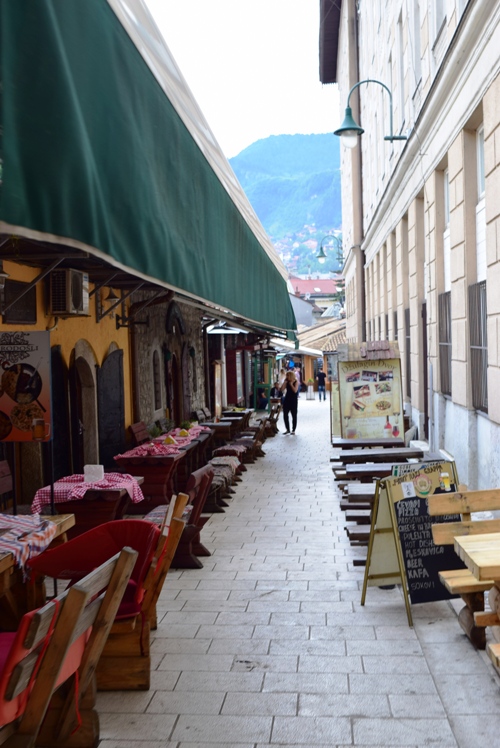
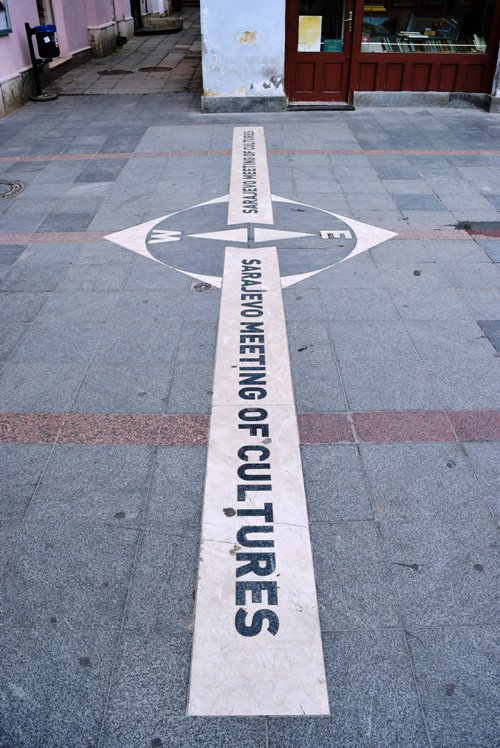
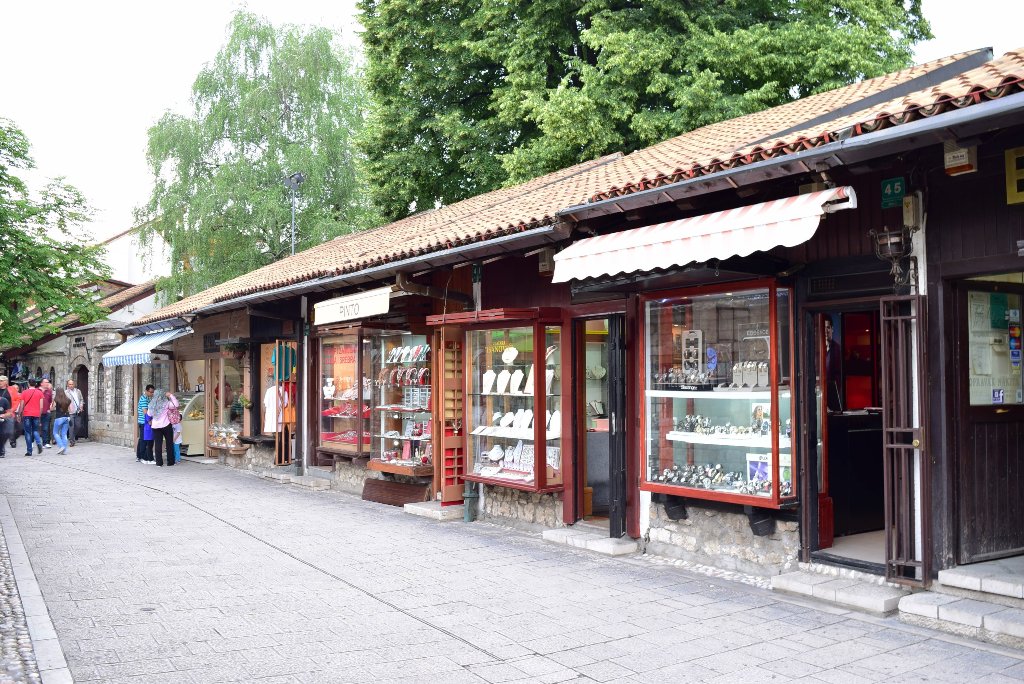
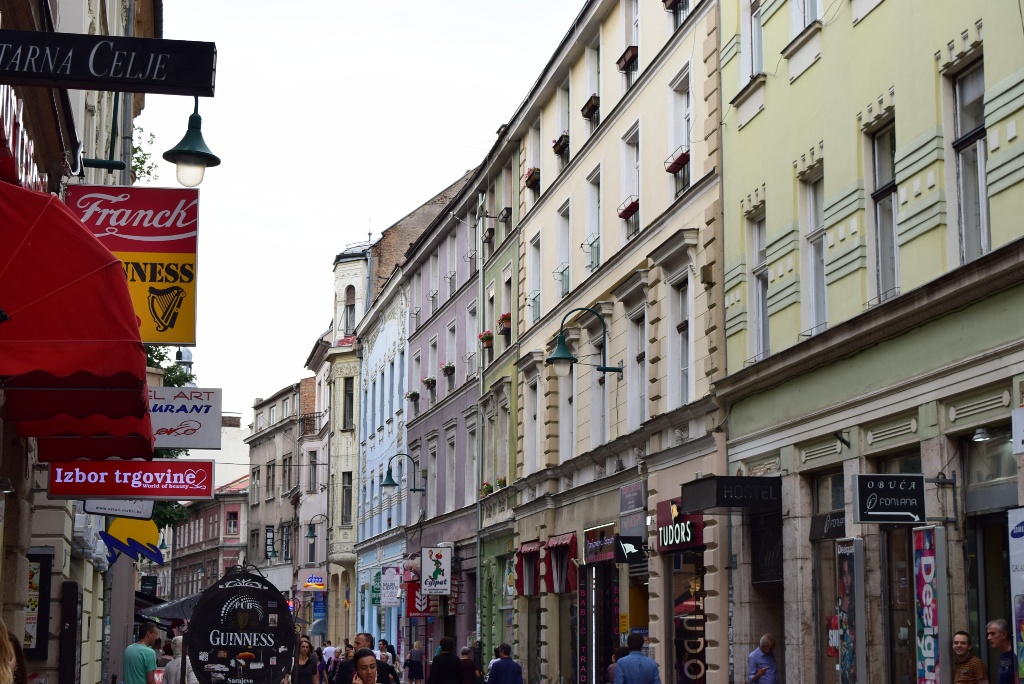

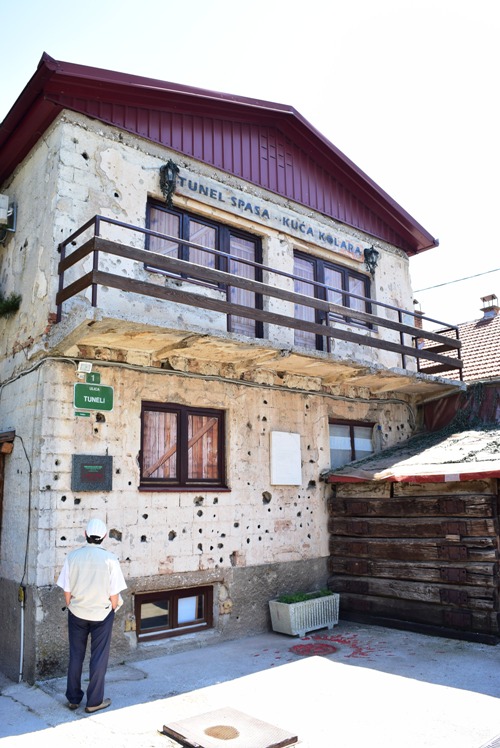
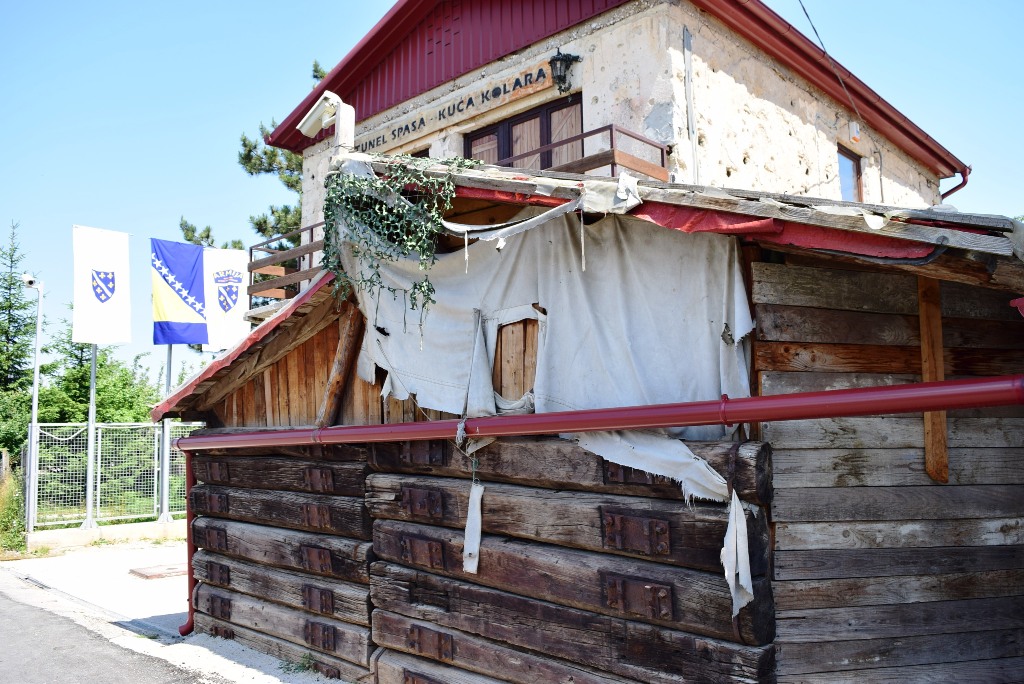
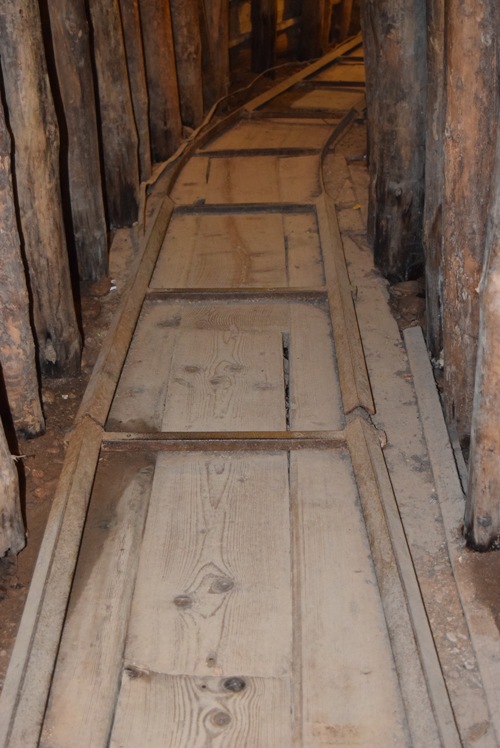
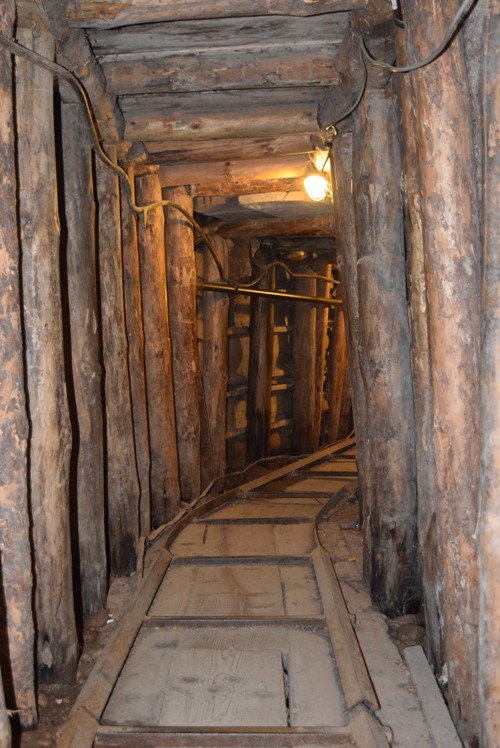
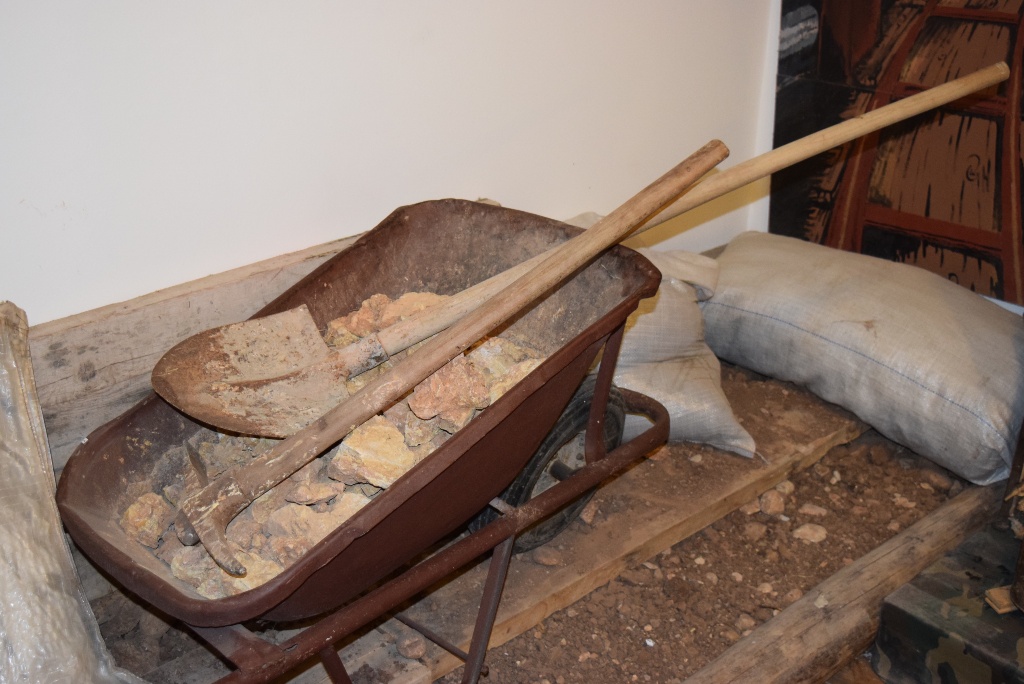

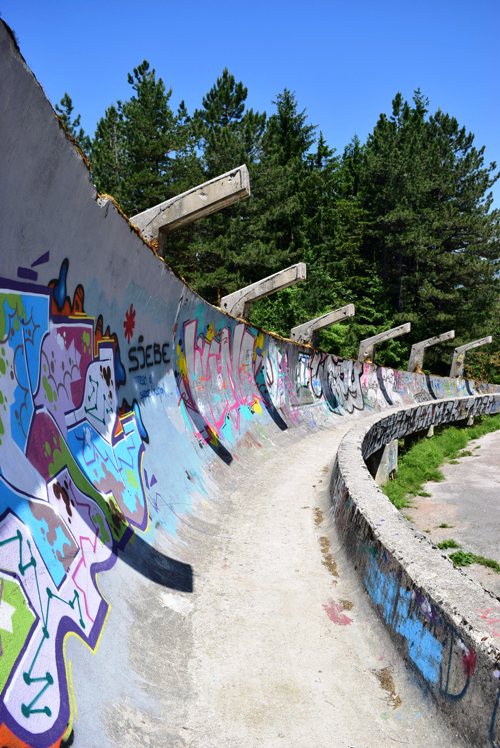


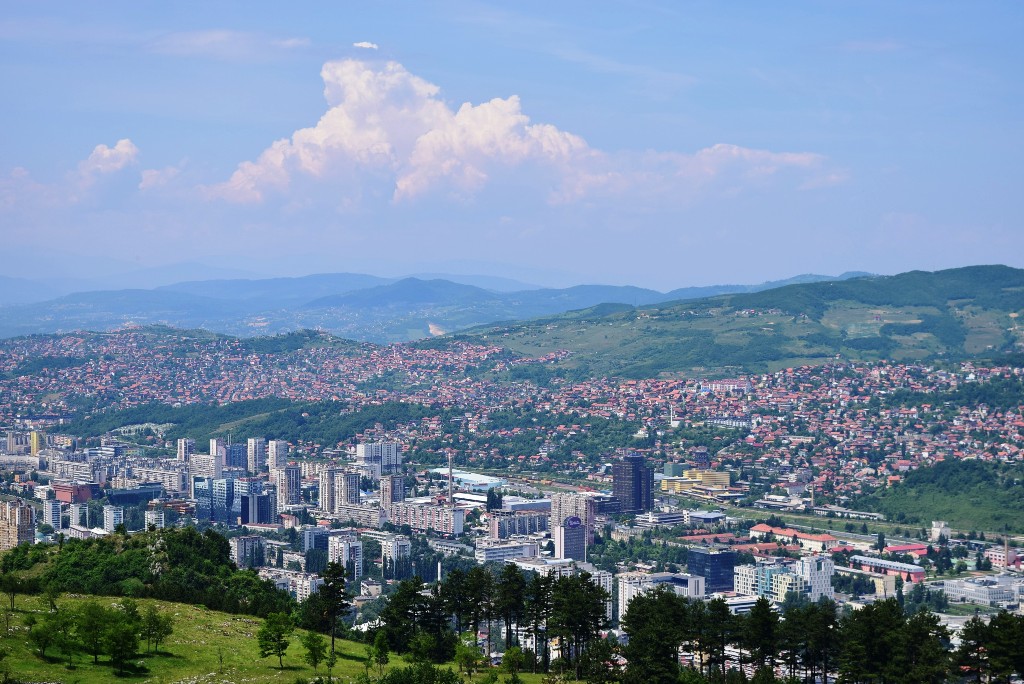
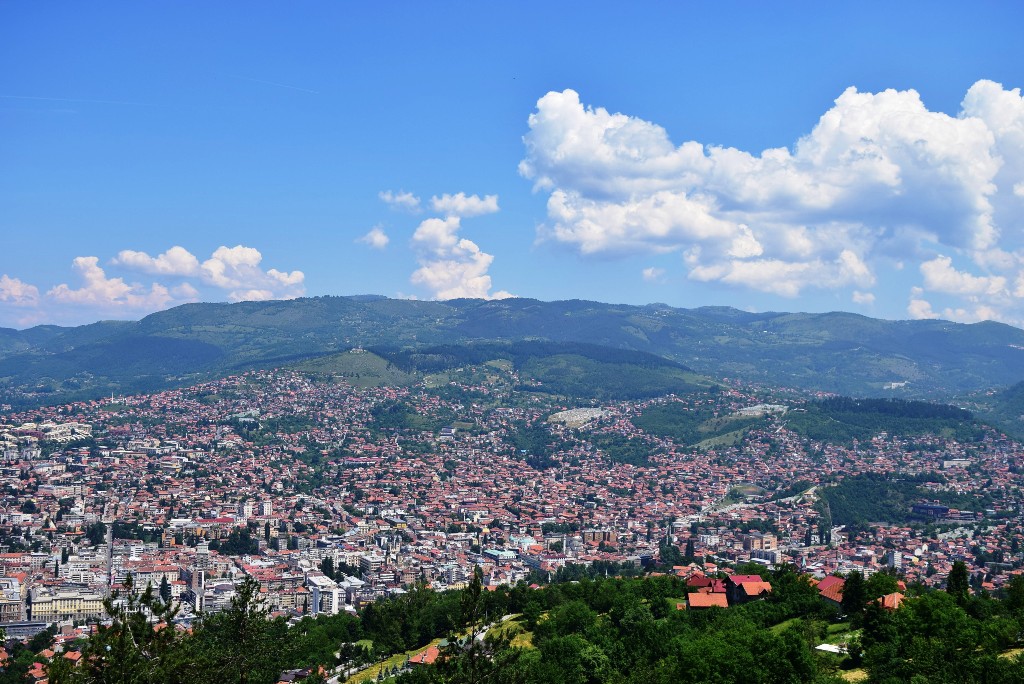
Leave a Reply